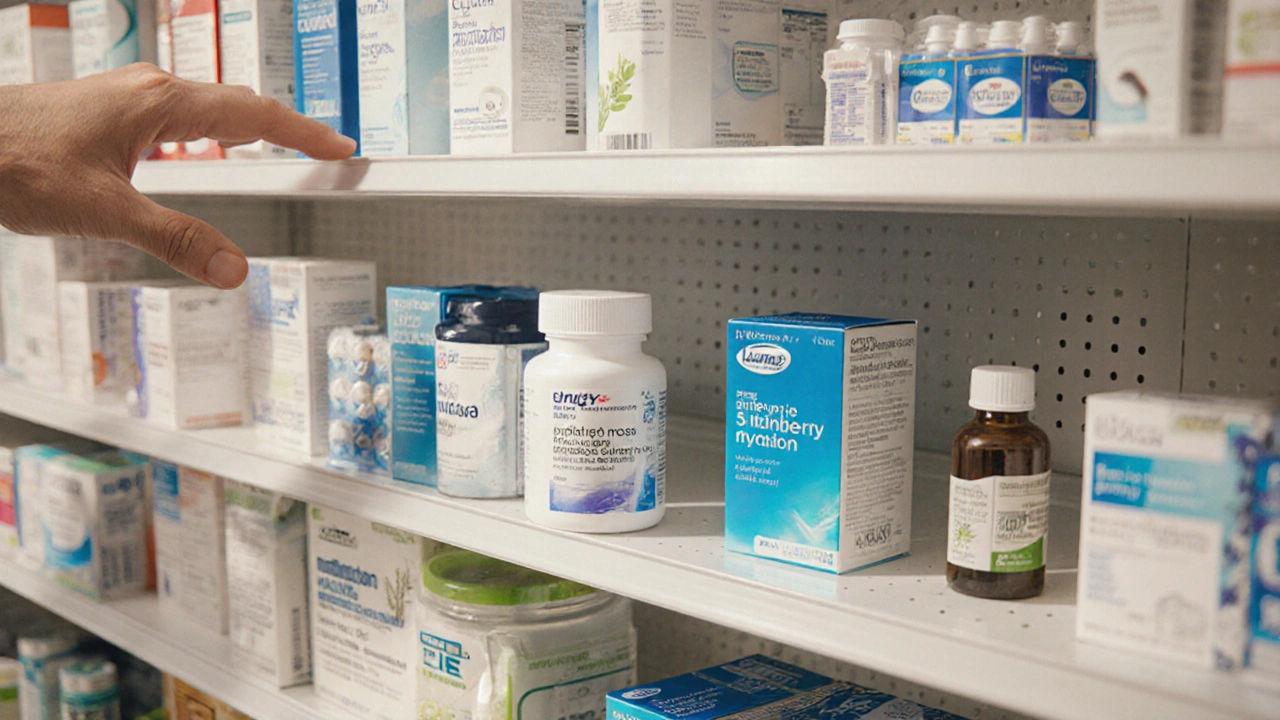ED Medication Options – What Works Best for You
If you’re dealing with erectile dysfunction, the first question is usually “what can I take?” The market is full of pills, gels, and devices, but a few tried‑and‑true options dominate the conversation. Knowing how each one works, what side effects to expect, and how to match them to your health profile can save time, money, and frustration.
Common Types of ED Medications
The most popular class is phosphodiesterase‑5 (PDE5) inhibitors. Viagra (sildenafil), Cialis (tadalafil), and Levitra (vardenafil) belong here. They boost blood flow to the penis by relaxing blood vessels, and they’re taken either before sex or daily, depending on the formula. Another option is a topical cream or gel that delivers the drug directly to the skin, reducing systemic exposure.
For men who can’t use PDE5 inhibitors because of heart medication or other health issues, an injectable called alprostadil is a fallback. It’s a needle‑based treatment that creates an erection within minutes. There’s also a urethral suppository version of alprostadil that’s less intimidating but works similarly.
Newer oral alternatives, such as avanafil, promise faster onset and fewer side effects. While they’re still PDE5 inhibitors, the slight chemical tweak can make them a better fit for some users. Over the counter “herbal” supplements pop up everywhere, but most lack solid research and may interact with prescription meds.
Choosing the Right Option
Start by checking any current prescriptions. If you’re on nitrates for chest pain, PDE5 inhibitors are off‑limits because they can cause dangerous blood‑pressure drops. Talk to a doctor about dosage – a low dose can give you the effect you need with fewer headaches or facial flushing.
Consider timing. If spontaneity matters, a daily low‑dose tadalafil might suit you best. If you prefer on‑demand use, a standard Viagra dose taken an hour before sex works well. For those with diabetes or nerve damage, alprostadil may be more reliable.
Don’t forget cost. Generic versions of sildenafil and tadalafil are cheap and widely available, while brand‑name pills can be pricey. Insurance often covers the generic, so ask your pharmacist about the best value.
Finally, track how you feel. Keep a simple log of when you take the medication, the dose, and any side effects. After a few weeks you’ll see a pattern that tells you if the drug, dose, or timing needs tweaking. Adjustments are normal and can be done safely with a healthcare professional’s guidance.
Bottom line: there’s no one‑size‑fits‑all ED medication. By understanding the main categories, checking for health warnings, and testing what feels right, you can find a solution that fits your lifestyle and budget. Take the first step today – talk to a doctor, get a prescription if needed, and start the trial process with confidence.
Bottled Viagra (Sildenafil) vs ED Alternatives: Full Comparison Guide
- Benjamin Aghaki-Allen
- Health
- 10 comment
Explore how bottled Viagra (Sildenafil) stacks up against generic pills, other PDE5 drugs, supplements, and non‑drug options, covering efficacy, safety, cost and convenience.
VIEW MORECategories
Popular posts
-
How and Where to Buy Indocin Online Safely (2025 Guide)
Benjamin Aghaki-Allen -
Ivabradine: Essential Guide for Healthcare Professionals
Benjamin Aghaki-Allen -
Music Therapy for Relapsing‑Remitting Disease: Evidence, How-To, and 2025 Care Tips
Benjamin Aghaki-Allen -
Pitcher Plant Supplements: Amazing Health Benefits & How to Use Them
Benjamin Aghaki-Allen -
Astelin vs Other Nasal Allergy Sprays: Azelastine Comparison Guide
Benjamin Aghaki-Allen
Popular tags
- side effects
- online pharmacy
- medication safety
- dietary supplement
- gut health
- blood pressure medication
- alternatives
- generic drugs
- dosage
- weight management
- quality of life
- cheap generic Zoloft
- affordable sertraline
- ED medication comparison
- Tadalafil
- comparison
- medication adherence
- therapeutic equivalence
- Hatch-Waxman Act
- generic vs brand
